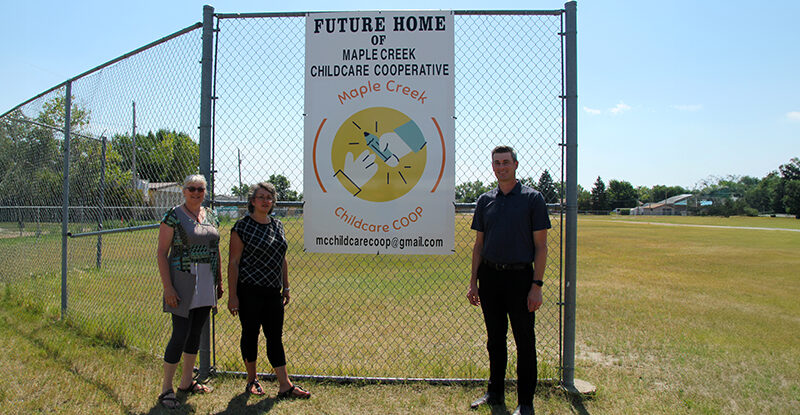Pioneering accessibility through innovation and collaboration

Sponsored by Rick Hansen Foundation
In the vibrant City of Victoria, B.C., the pursuit of accessibility is not just a goal. It is a fundamental principle driving the provincial capital’s evolution toward meaningful inclusion.
At the heart of this mission to improve access is the accessibility advisory committee (AAC). As a diverse group of people with a range of personal experiences, the AAC is proof of Victoria’s commitment to ensuring all residents and visitors can experience all that the city has to offer.
Initiated in response to the Accessible British Columbia Act in 2021, the AAC is an essential liaison between community needs and city policies. ACC chair Suzan Jennings highlighted the crucial role of partnership between the committee and the city’s departments.
“We’re not here to tell you what you’ve done wrong, but to help you make places better for everybody,” Jennings said.
Tangible Action toward Accessibility
Victoria’s journey toward disability inclusion began in 2015 with the establishment of the accessibility working group. The group laid the groundwork for an inclusive framework that, today, permeates city initiatives. The impact of the AAC is felt across every facet of Victoria’s governance – from policy formulation to service delivery.
The committee plays a role in ensuring that one in four Canadians who have a disability have a voice at the table of decision makers. This representation is increasingly important, not just because Victoria has a large older adult demographic, but also because the rate of disability is increasing across the country.
The AAC is about tangible action. With support from the city’s office of equity, diversity, and inclusion, the committee has already implemented ground-breaking initiatives that involve technology.
Partnering with the Rick Hansen Foundation (RHF) and support from the RHF British Columbia Accessibility Grants program, Victoria has embraced tech such as BlindSquare and GoodMaps. These innovations promise to revolutionize navigation for people with vision loss along the city’s portion of the Trans-Canada Trail and within city facilities.
Accessibility Grants and Certification
The grants program offers funding and training to select municipalities and Indigenous communities. Among 13 municipalities and three Indigenous communities, Victoria was selected for its commitment to enhance accessibility.
The program provides $90,000 for accessibility improvements, along with training to raise disability awareness and cover tuition for RHF accessibility certification training for staff. This training equips participants with the skills to assess buildings based on the user experience of people with disabilities, using the clear and consistent methodology.
To date, Victoria has three certified sites, with a fourth in progress. Certified sites are listed on the RHF registry, publicly showcasing accessible locations across Canada.
Victoria’s story is one of continuous evolution driven by collaboration, innovation, and dedication to ensuring everyone is included in its spaces. As Jennings summarized: “The goal is continuous. We are in forward motion. Nothing is impossible.”
To learn more about Rick Hansen Foundation accessibility certification, visit www.RickHansen.com/RHFAC. MW
✯ Municipal World Executive and Essentials Plus Members: You might also be interested in Michael Seaman’s article: Grimsby shows the way to making heritage sites accessible.
Rebecca Blissett is a staff writer for the Rick Hansen Foundation, a Canadian charity dedicated to improving the lives of people with disabilities by creating an accessible and inclusive world.
Related resource materials:



